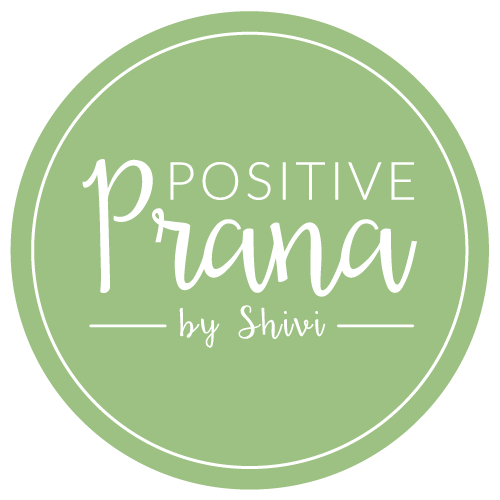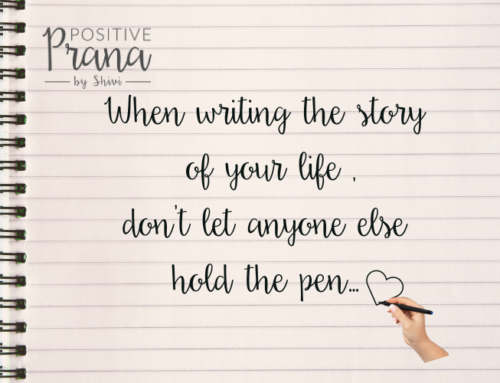Have you ever behaved in ways you don’t want to or catch yourself acting in an extreme way and wondered why your reaction was so strong? Consider, for a moment, the following scenarios (I am sure that at least one will be familiar to you).
You have a minor difference of opinion with your nearest and dearest about some entirely inconsequential domestic matter … and yet you are left with a seething rage that persists for hours.
Someone close to you pokes fun at you or teases you and you are consumed with a sense of righteous indignation and respond by getting insanely angry with them.
Or you are amazed to be accused by a partner or colleague of ‘winding them up’ or ‘pressing their buttons’, after saying something you thought was completely innocuous.
In other words, you sometimes (or even often) find yourself reacting emotionally in ways that are totally out of proportion to the circumstances — and no doubt you have seen countless others do the same. This learning is hypnotic.
Pattern Matching
Our attention is forcefully focused on emotionally powerful events that happen to us in childhood or at any time in our life really where we become “suggestible” and then learning takes place in relation to the experience. This is not conscious learning but subconscious conditioning. Later, when some experience triggers an association in our subconscious mind (even a very vague one) with the original learning, we can find ourselves responding in the way we originally learned to respond. This process is known as pattern matching.
Faulty Pattern Match:
A pattern match can be appropriate like when a baby feeds at its mother’s nipple but it becomes faulty when the baby tries to suckle a finger or a pacifier to feed itself. All emotional problems and some physical ones (like the faulty autoimmune response of an allergy) are maintained by faulty pattern matching in the individual. The aim of therapy (all therapy) is to correct faulty pattern matches – such as phobias, depression, PTSD, excessive anger and so on.
Much of our conditioning is, of course, perfectly useful, and even lifesaving. You learn to avoid burning heat and fast-moving large heavy objects, for instance, and you do that now without giving it a thought. But sometimes what we learn early on doesn’t help us – the equivalent of trying to get milk from a finger.
So, how might you find out what specific past conditioning might be driving your overreactions?
Healing the Past with Hypnotherapy:
Hypnotic trance states allow you to connect with the vast reserve of unconscious awareness and learning that lie behind everyday ‘conscious’ thinking. The unconscious mind that we speak of is not itself ‘unconscious’ It is fully aware at all times. It is just that your ‘conscious mind’, your everyday awareness, is ‘unconscious’ (most of the time) of what is in there.
We can use hypnotherapy specifically a technique called Affect Bridge to help discover a memory associated with the emotion (which causes excessive emotional arousal for eg- anxiety or sadness) and help resolve it after becoming conscious of it, fully acknowledging it and coming to a complete understanding of it.
Using hypnotic techniques like the affect bridge and healing the past will enable you to:
- discover the true connection between dysfunctional patterns and past emotional experiences
- cut that link
- heal the emotional pain it has caused
- establish a new set of patterns more appropriate to the realities of the present
- make those patterns quickly feel instinctive and normal.
We use hypnosis to inwardly rehearse desired healthy and productive behaviours, making them feel more natural to actually engage in.
Get in touch with us for a hypnotherapy session if you need help to stop the past from hurting you or try this first on your own – good luck!!
HYPNOTIC EXERCISE
Healing the past- Remove conditioning
Sit or lie down someplace comfortable. Someplace you know you won’t be interrupted for a while.
Give yourself some time to become relaxed and detached from everyday concerns.
Think about what you have going for you now – all the learnings, abilities, understandings, strengths and resources you have as your current self in your current life.
Keeping those resources in mind, drift back as your current self to that time in your past when your younger self was grappling with that key experience or experiences.
Take some time to talk to and reassure your younger self.
Tell them it’s alright for them to be reacting the way they are because you fully understand why they are doing so.
Tell them you don’t blame yourself for how you reacted back then, but you are going to respond differently now because things have changed.
Now take some time to watch yourself in the future, as if looking at yourself from the outside, in situations where once you would have overreacted. See yourself responding quite differently now to those old triggers.
Allow yourself to merge with this future you and feel from the inside what it’s like to respond in a way that’s genuinely appropriate to the reality of who you are now.
To finish, take some time to relax deeply, aware that not only did you locate the source of the problem, but you have improved or even cured the problem.
Drift out of trance feeling refreshed and relaxed.










Leave A Comment